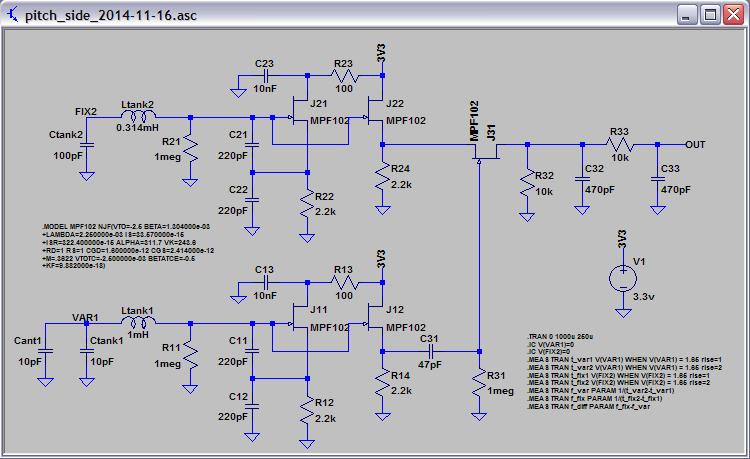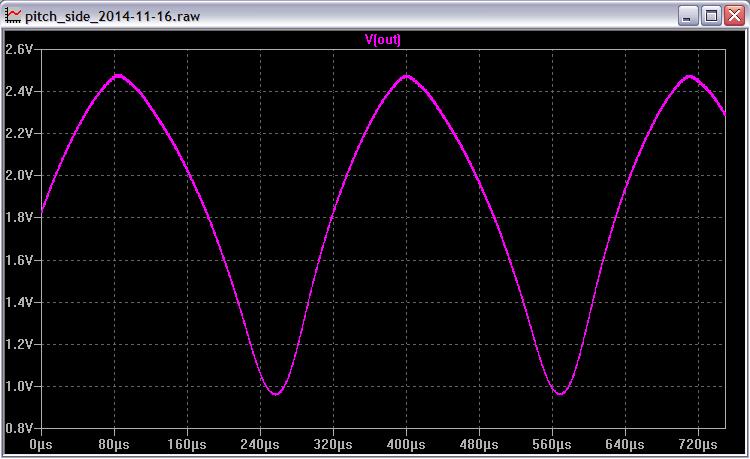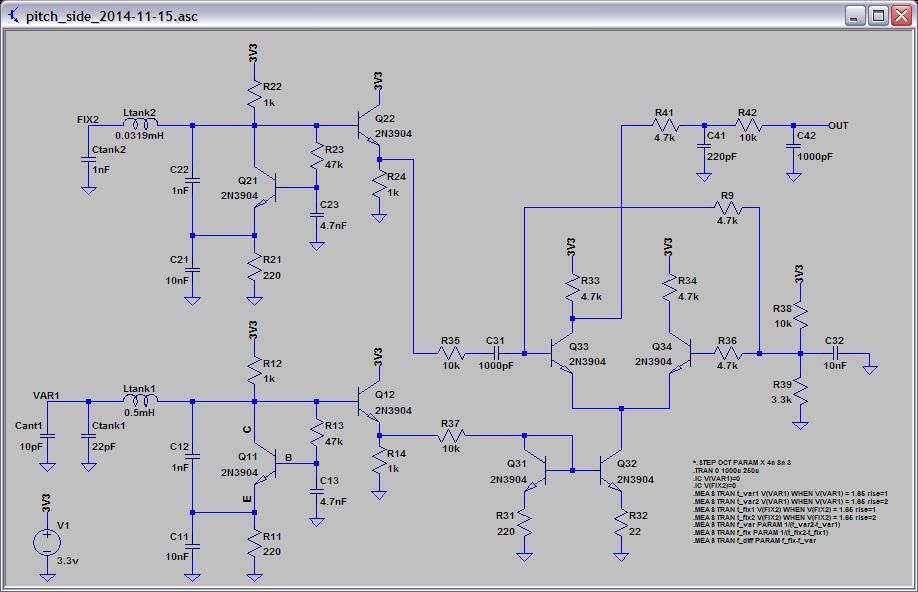I am really interested in seeing where this goes too..
The oscillators (particularly the last) are lovely as high sensitivity oscillators go - Ideal when one needs a large frequency change for small capacitance change (I measured 18kHz/pF on the last!).
To me, the really interesting thing is seeing a completely new approach being explored - an approach which comes from a great primarily digital designer - I have no idea how Dewster is planning to reduce the sensitivity down to the required ~<3kHz/pF for direct-to-audio heterodyning (if this is in fact what he is planning), or how he plans to improve linearity, let alone the convolutions required to do the analogue in 3.3V..
But its this that for me makes this thread interesting.. Lets give Dewster the time to explore his direction - he knows the issues on the table (linearity, sensitivity etc) and must have ideas in his mind to address these - these ideas will either work or they wont.. And if they work we could have something special and have been privileged to have been spectators of the process - And if it falls flat, then we will still learn from this.
The thing which is special to me about this thread is that a designer is doing this process publicly - this is extremely brave IMO, and highly educational for those who follow it - regardless of the outcome.
Those who just want a ready laid out schematic and circuit board will either need to wait and see how this turns out, or go to one of the many available proven designs out there.
Perhaps the word "simple" is the problem - To design a good theremin which is easily constructed with available parts is not simple! - The end result will hopefully be simple to construct and get running, but the process to get to such a thing is no simple matter!
Fred.





